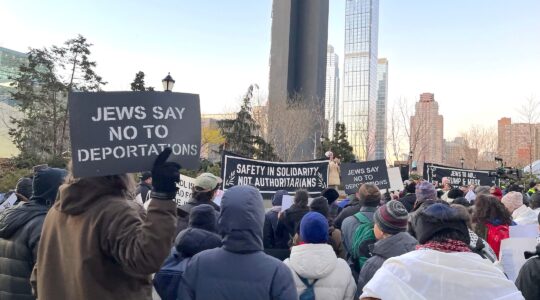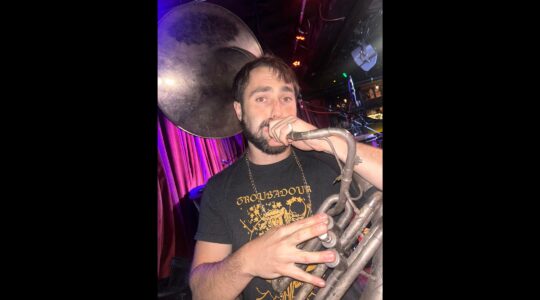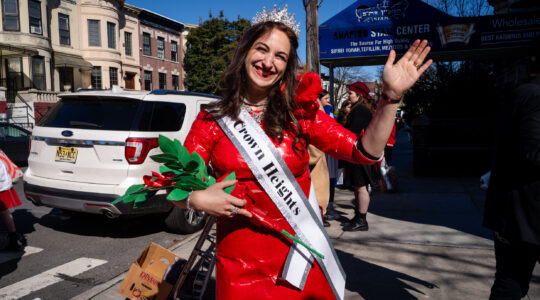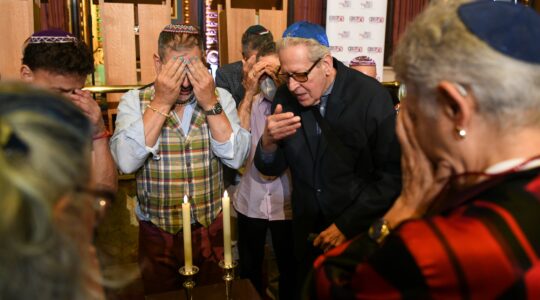Last Sunday’s New York Times declared that Jewish life on the Lower East Side was in its death throes. Meanwhile, a gathering at the historic Eldridge Street Synagogue proved that, at least in some corners, the neighborhood’s Jewish activity was not yet gone, just showing its age.
A group of about a dozen poets aged 65 and older, and an audience twice their number, had gathered in the 115-year-old sanctuary that mellow morning for the Eldridge Street Project’s second annual Poetry Slam for Seniors.
They came to salute special places in New York City: the Old Neighborhood of “dream-swept childhood”; Coney Island, where “the ocean is a heartbeat that thumps with memories”; the South Bronx, “a shtetl in our town”; and Katz’s deli, “the Kremlin of kosher pastrami.”
Despite the event’s title, this was not a typical “slam”: There would be no booing or heckling, but the audience was encouraged to “clap, hoot and holler.” An offer of Purim noisemakers was rejected. “That makes a mockery of us,” a poet in a jaunty pink beret said.
Another, dressed in black with leopard-print accents, was overheard telling her neighbor: “ ‘Senior slam’ is an oxymoron. I don’t feel like I’m doing much slamming these days. It’s more like a totter.”
Even without the competitive edge, creative energies at this slam were high.
Ricki Stuart, a fanny pack slung over one hip, read a poem composed entirely of advertisements from the F train. Judy Korotkin rued a missed matinee at the Ritz Theater in the alternating refrains of a villanelle-form poem.
The first annual senior slam took place last Sept. 18, and shades of that terrible season surfaced in some of this year’s readings. But most of the poets who mounted the richly carved bima stuck to the proposed theme, conjuring up incarnations of New York spaces.
Seymour Harris read from his recently published memoir, “The Building,” about the “cliff dwellers” of five-story tenement walk-ups, the country’s first-ever housing project and the grid of streets — Delancey, Allen, Rivington — that framed the Yiddish East Side.
Nathan Silver started the slam with odes to the synagogue itself. The building was the first “great house of worship” built in America by Eastern European Jews, according to staff educator Lucien Sonder. The congregation has not missed a Shabbat service in over a century, she said.
In 1986, the Eldridge Street Project undertook the building’s restoration, including work on the stained glass, some of which have been removed for repair.
Silver offered another interpretation: “Our sages say the world is half revealed and half concealed./That’s why only half of our windows can be seen through.”
The New York Jewish Week brings you the stories behind the headlines, keeping you connected to Jewish life in New York. Help sustain the reporting you trust by donating today.




